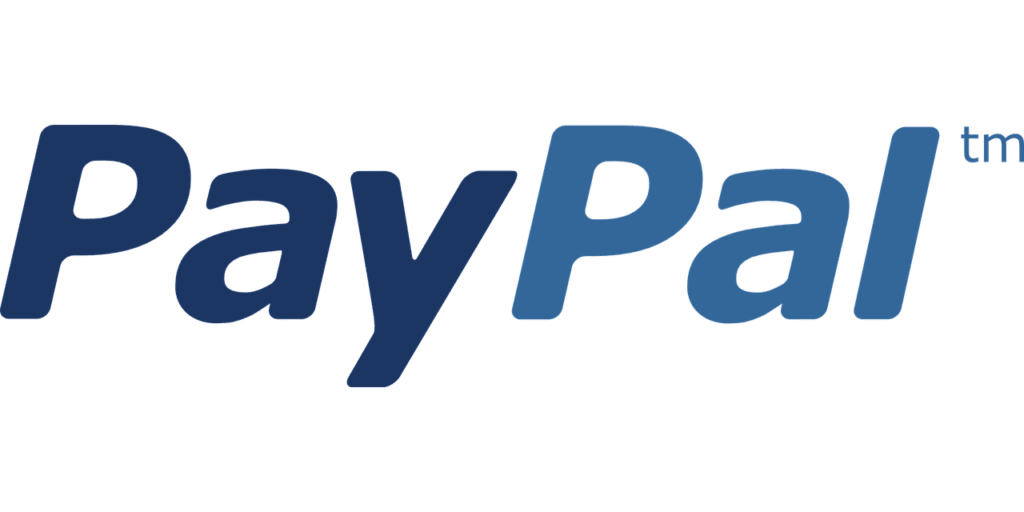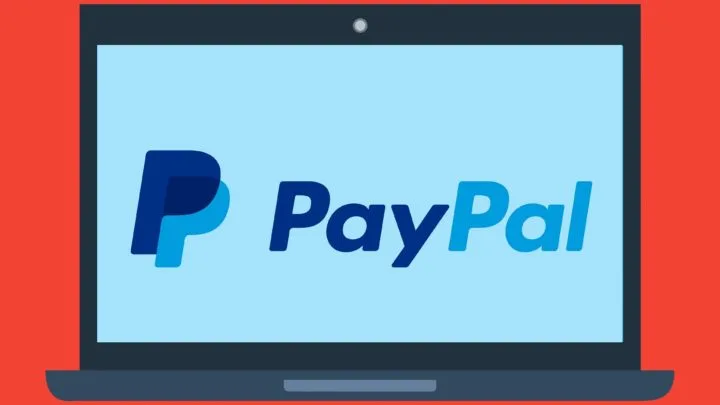Is there a strange message in your inbox that you think might be a PayPal scam email? Wait just a moment before you click on any links or type something in. Here’s a few ways to tell if your latest email from PayPal is real or fake.
The email doesn’t address you by name
An official email from PayPal should always say your name. If there is only a ‘dear customer’ or something similar that does not specifically address you by name, then that should be of concern. Additionally, if the email refers to you by your email address or an incorrect name, that is also a red flag. A real PayPal email will call you by the name associated with your PayPal account.
Suspicious email address
PayPal will only contact you from an official PayPal email address. Look closely at the email address: did the scammer just change their name to something like ‘PayPal services’? Does the email address end in something like @gmail.com or @hotmail.com? Are there strange letters and numbers in the email address? These are all signs that the email you’ve received is a scam.
The email is trying to make you panic
Scammers will often try to trick you into acting without thinking by creating a sense of urgency or alarm. For example, a scam email might tell you that someone has tried to hack into your account or that your PayPal has been temporarily restricted. If there ever is an actual issue, PayPal will also let you know via the messages in the app and on the website, not just in an email. To check if there is a real problem, go to the official PayPal website by typing it in yourself, not by clicking the link that the scammer provides you. PayPal will never ask for important documents over email.

What are some general tips for avoiding PayPal email scams?
The Internet safety rules we were taught in the past may not apply anymore as scammers begin to catch on and become more tech savvy. Be sure to keep the following tips in mind when reading PayPal scam emails, too!
- The ‘s’ in ‘https’ that can be found in the website’s URL doesn’t always mean it’s secure. This used to be a good way to judge a site’s safety. Now hackers have begun building encrypted sites that have this ‘s’ in the URL too.
- The padlock symbol to the left of the URL isn’t always a 100% guarantee, either. Like ‘https’, scammers are beginning to include this icon in their fake websites in order to lull you into a false sense of security.
- Always type in the URL yourself. To be absolutely sure you’re visiting the correct website, avoid clicking links or copying and pasting the provided URL into your search bar. Again, scammers are becoming more and more tech savvy, allowing them to better emulate the correct URL when they send you a link.
- If you’ve accidentally given away information, be sure to change your PayPal login immediately. Contact your bank if you suspect fraudulent activity. Forward the fake email to [email protected].
Frequently Asked Questions about PayPal Scams
We’ve received a lot of questions about PayPal scams, so we’re updating this post to include the most frequently asked questions and their answers.
What should I do if my money or account was stolen through a PayPal scam email?
If a scammer has stolen something from you, you can figure out how to report them and get your money back here on PayPal’s website.
Is this email from PayPal real?
In order to tell if the email is real, please follow these steps:
- Confirm the email address is from @paypal.com. It should not include anything else, such as @email.paypal.com or @paypal.xyz.com. It should just end in @paypal.com. If it doesn’t end in just @paypal.com, it’s probably a scam.
- Does the email address you by name or is it generic? If it doesn’t address you by name, it’s probably a scam.
- Does the email create a sense of urgency? Scammers don’t like to give you time to think. If they are demanding that you take action right now, it’s probably a scam.
If you’re still concerned that this PayPal email is real, the best thing you can do is contact PayPal customer service directly for clarification. Don’t respond to the email itself (or click any links in it) until you’re completely sure it’s legitimate.
How else can Low Income Relief help me?
Have you visited our Low Income Relief YouTube channel? If you prefer to learn about benefits, free stuff, money, and savings through watching instead of reading, this is perfect for you!

